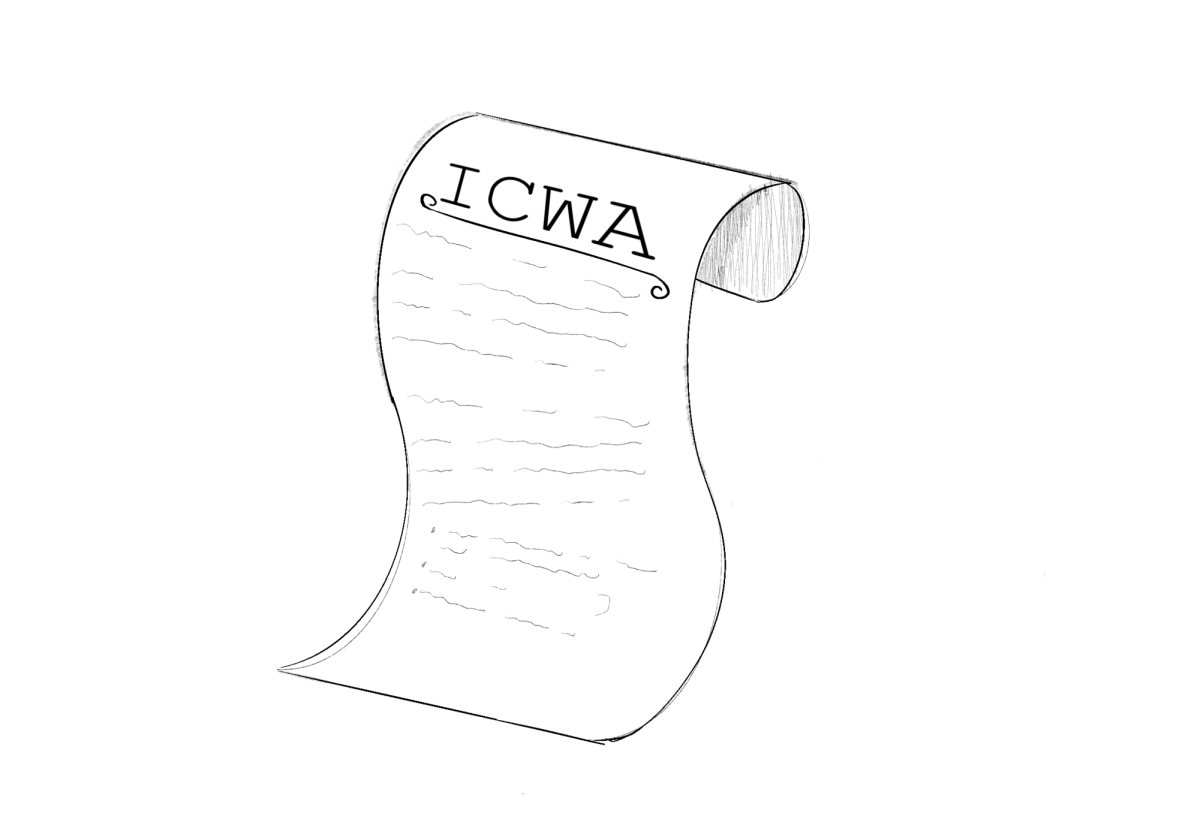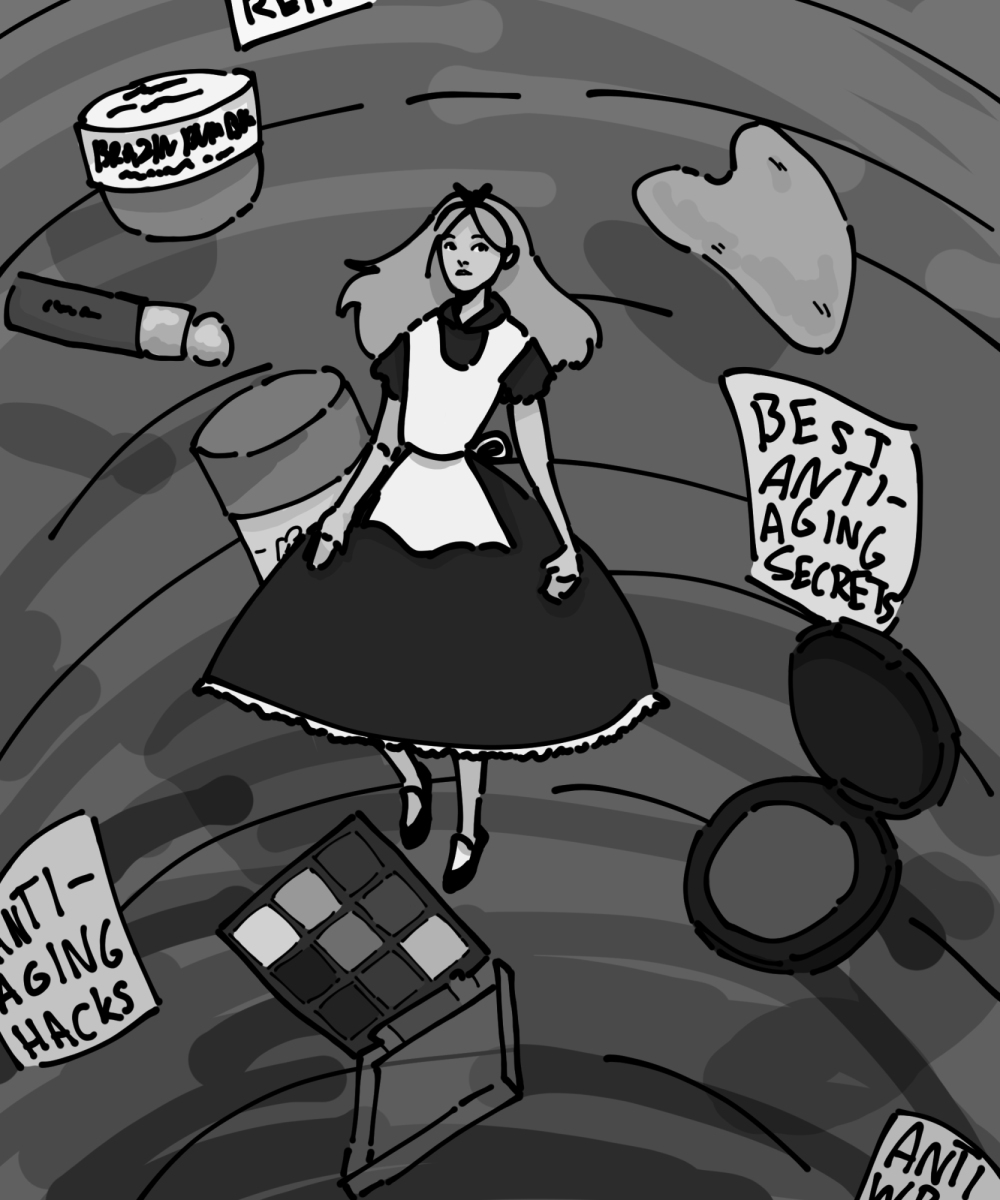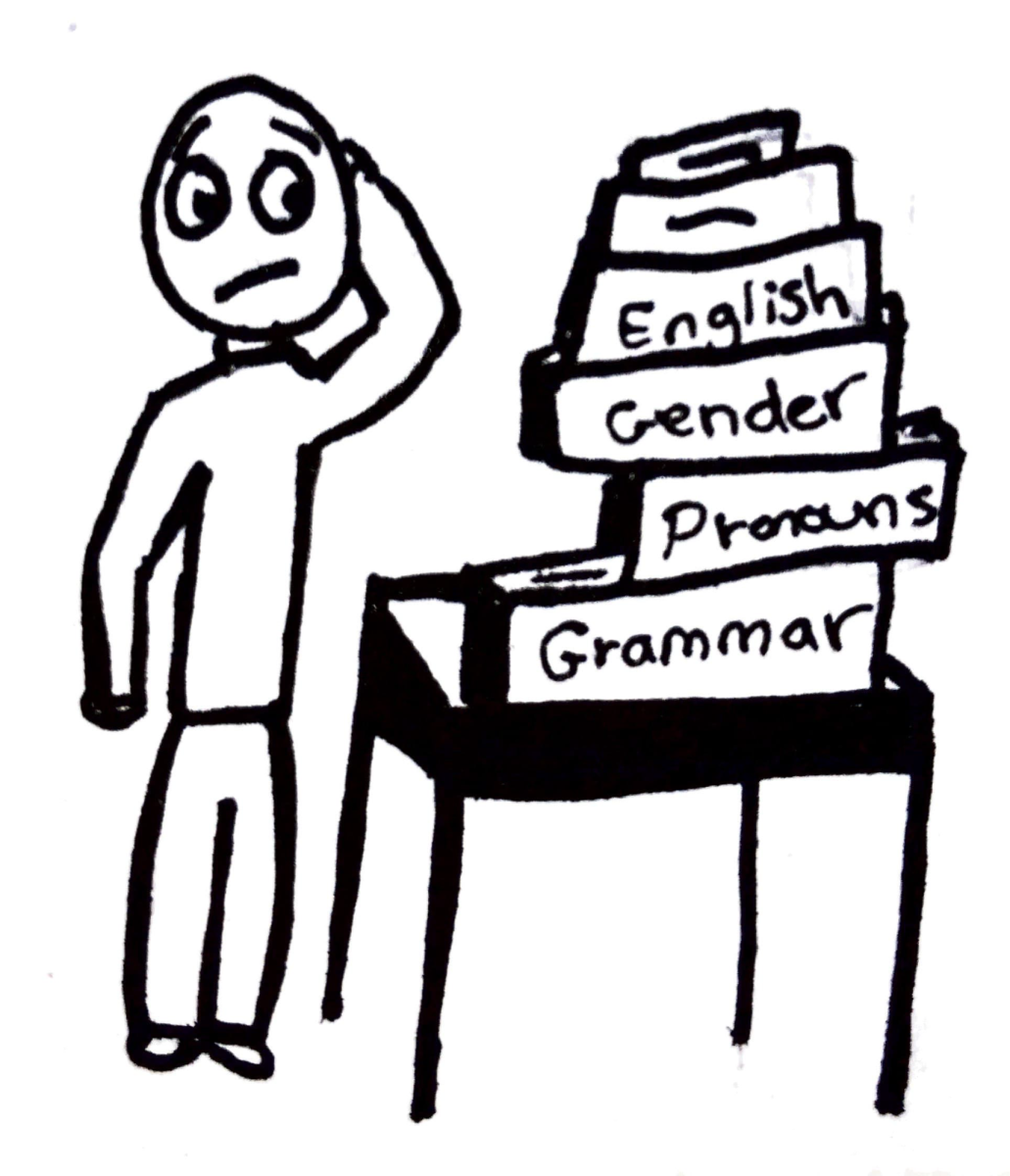Building from recent Common Core integration, the school looks to add new writing center.
Ian Gwin, Staff Reporter
Originally published December 19, 2013
The CSIP, or Continuous School Improvement Plan, is a plan, similar to others in the Seattle School district, aimed to create school-wide goals for teachers and student achievements.
One goal presented by last year’s CSIP to aid student writing was a student-staffed writing center. Librarian Deborah Arthur said that this idea would be to “organize a center which will be cross-departmental where a group of teachers and interested staff get together and talk about writing curriculum.”
The main plan featured in the CSIP’s writing section is to improve proficiency on the HSPE by 2014 due to last year’s HSPE results, which showed a minor dip in writing scores.
The plan comments that though Ballard has excelled in providing support for students in math and science, “the area of writing has seen a decrease in overall performance on the state tests, and in response, writing instruction should be elevated.”
“It’s not that bad, right now 88 percent of kids do well in writing, as far as standardized tests go.” Arthur said, describing the 10th grade HSPE results that triggered the CSIP’s school-wide writing section and goals. “But we would like to bump it [back] up to 90 percent.”
She is also hopeful about the center’s committee, which would consist of interested staff developing programming for the whole school. According to Arthur, the writing center would benefit both upper and lower classmen, the former who could get experience as private tutors for the latter.
“When you’re talking about writing, when you’re talking about research,” she says about the school’s unity, “Can we have a common language?”
“[The writing center] would be an opportunity for kids to get volunteer hours and leadership practice,” Dina McArdle, History Department Head said. Though not yet cemented, the idea of a writing center has been floating around our faculty for a few years, and presents a unique chance at unifying departments.
The Common Core State Standards (CSS) are a set of standards designed to “establish consistent goals for what students will learn at each grade level,” which were integrated into Washington’s curriculum in 2010.
“I think common core is helpful,” Joe Kelly, Language Arts (LA) Department Head said. “It’s taken what have been really sloppy and diffuse standards and put them into 10 easy standards.” As far as teaching and assessing writing goes, CSS provides a common resource.
Students already receive forms of writing in most classes, whether write-ups or projects in biology or even self-assessments in art classes. The CSS would put all of these classes to the same standard. There are some people, however, who believe that the common core won’t cure everything.
LA teacher Jeff Calderwood, has said that, unlike the our school’s thriving clubs and classes of music-minded students, athletes, and emerging scientists, “there are really talented writers… but they can’t show [their work] to anybody.”
Calderwood, who runs the creative writing club and edits the literary and arts magazine Ink, believes that there are things at school not being said. “There are lots of talented kids who don’t get the chance,” he said. “Sometimes you allow [students] the opportunity and they don’t know what to do…It’s hard for kids to stop and be creative.”
While the CSS ensures writing in a variety of disciplines, its focus remains on maintaining “a formal style and objective tone while attending to the norms and conventions of the discipline in which they are writing,” according to its website.
Though the school’s humanities does not boast its own “academy,” its A.P. classes are rigorous (honors options offer independent studies of class authors) as well as its in-depth studies in the humanities. Currently, however, Ballard’s writing program reaches its apex with the junior paper, written through students’ history classes.
Both McArdle and Arthur conceive of high school as a place of ascending written ability which peaks at senior year. Arthur says that it is a place where ideally “skills are built over by years so that by the time you graduate you will be able to write.”
That is, if the school’s disciplines, whether through LA, science, and history, are in sync. The CSIP plan for writing emphasizes that writing instruction corresponds to a high school’s success, and must be applied to different practices and disciplines.
Meanwhile, students still struggle with writing. Arthur is often asked by students for help writing their papers, so she reads their writing. “You do see problems with tense, grammar errors, and spelling errors,” she said. She also says that the most common student mistake she sees is in organization.
“What is [vital] is the fact that kids know that writing is important way beyond school,” Storey said. “Everyone has to be a writer, not just writers but engineers and scientists.” While most teachers agree on the importance of writing in terms of college and careers, there still seems to be ambiguity on exactly where it connects between high school classes.
![West Seattle High School’s (WSHS) Chinese program is closing down and teachers in the program are informed to transfer to a different high school. At WSHS, 475 both former and current students have signed a petition to help teacher Ying Yu continue her Chinese program. She shares that initially, the program offered only four classes with 90 students but with her initiatives, the program grew to be full-time with 154 students and 137 students on the waiting list. (Seattle Public Schools Board Meeting YouTube Channel: Seattle Schools Board Meeting May 8, 2024, [58:25])](https://ballardtalisman.org/wp-content/uploads/2024/06/Screenshot-2024-06-14-134038.png)
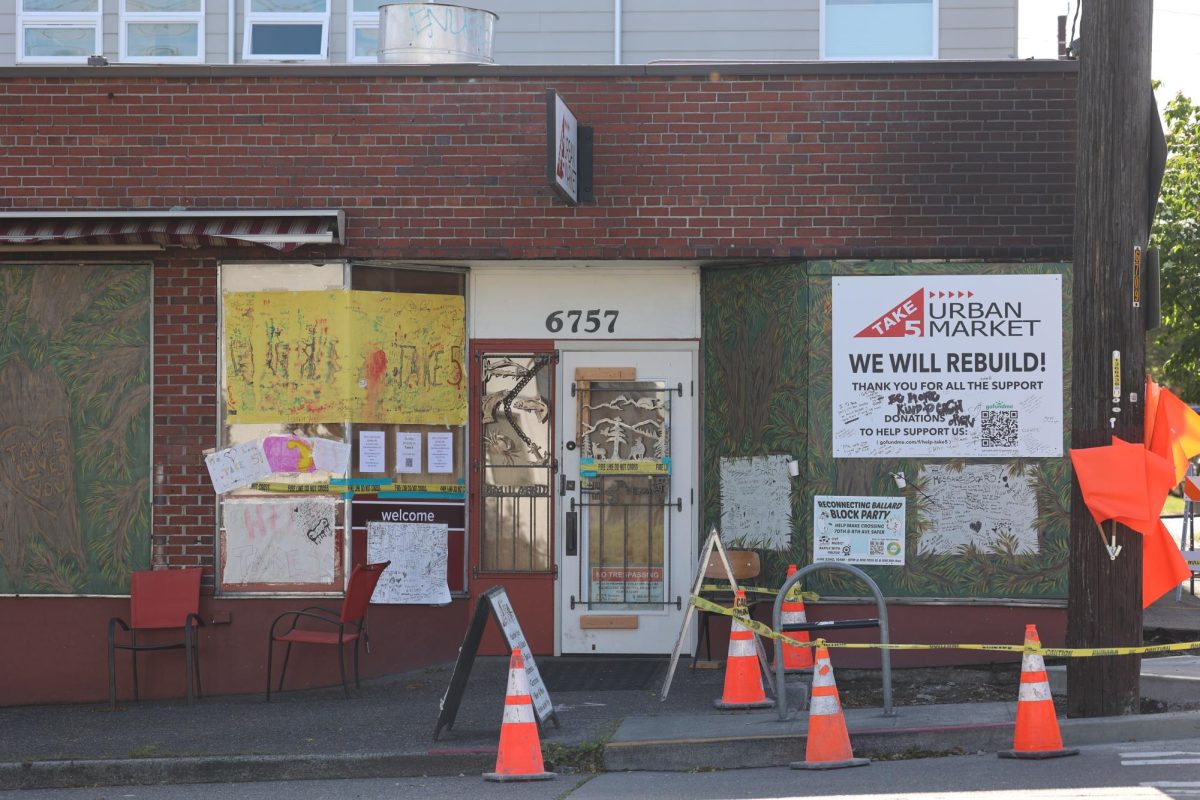

![“Link Crew is meant to be a way for [upperclassmen] to help ninth graders with the transition to high school,” Laura Lehni, language arts teacher, ASB advisor and Link coordinator, said](https://ballardtalisman.org/wp-content/uploads/2024/05/IMG_4601-1200x800.jpg)







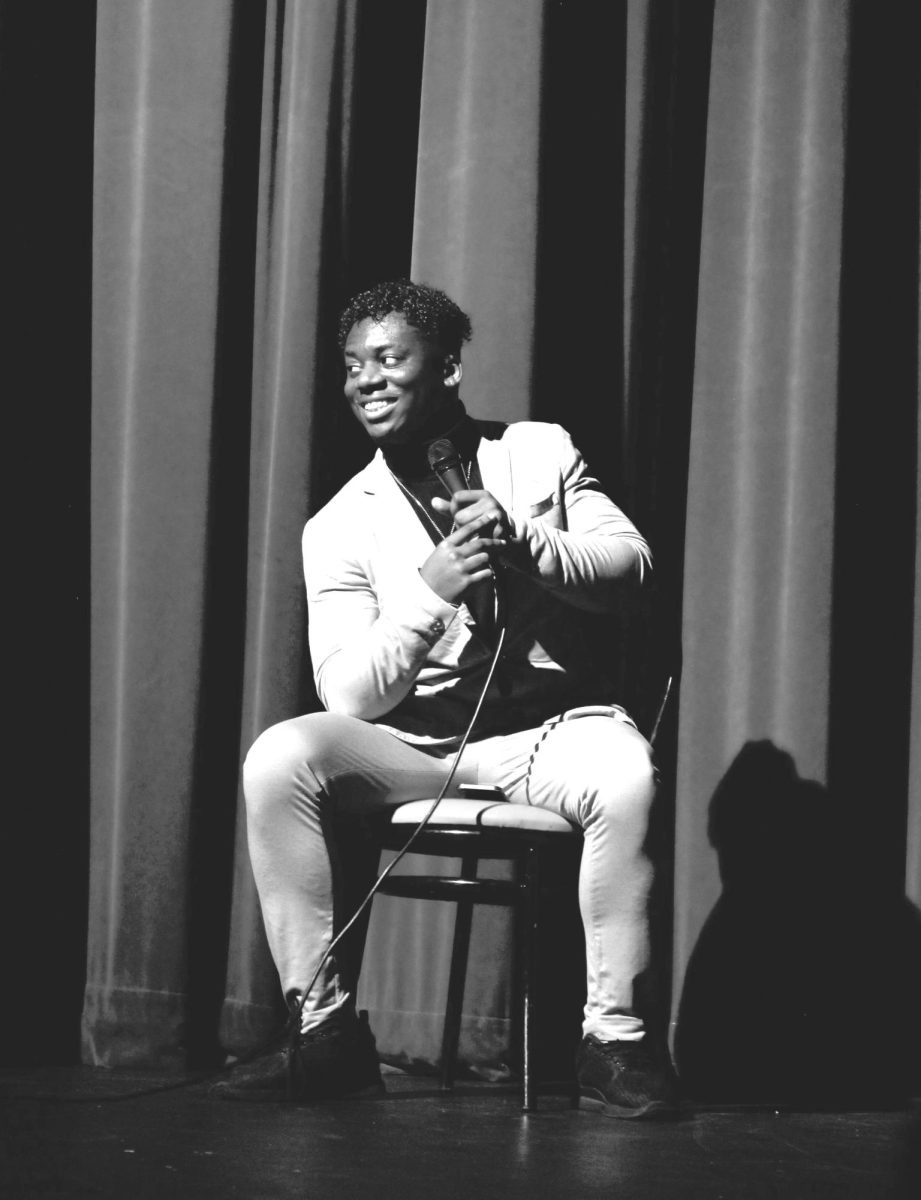


![Henry Willy [pictured left] taking the field with his teammates in a 10-11 loss vs. Saas.](https://ballardtalisman.org/wp-content/uploads/2024/05/IMG_2431.jpg)



